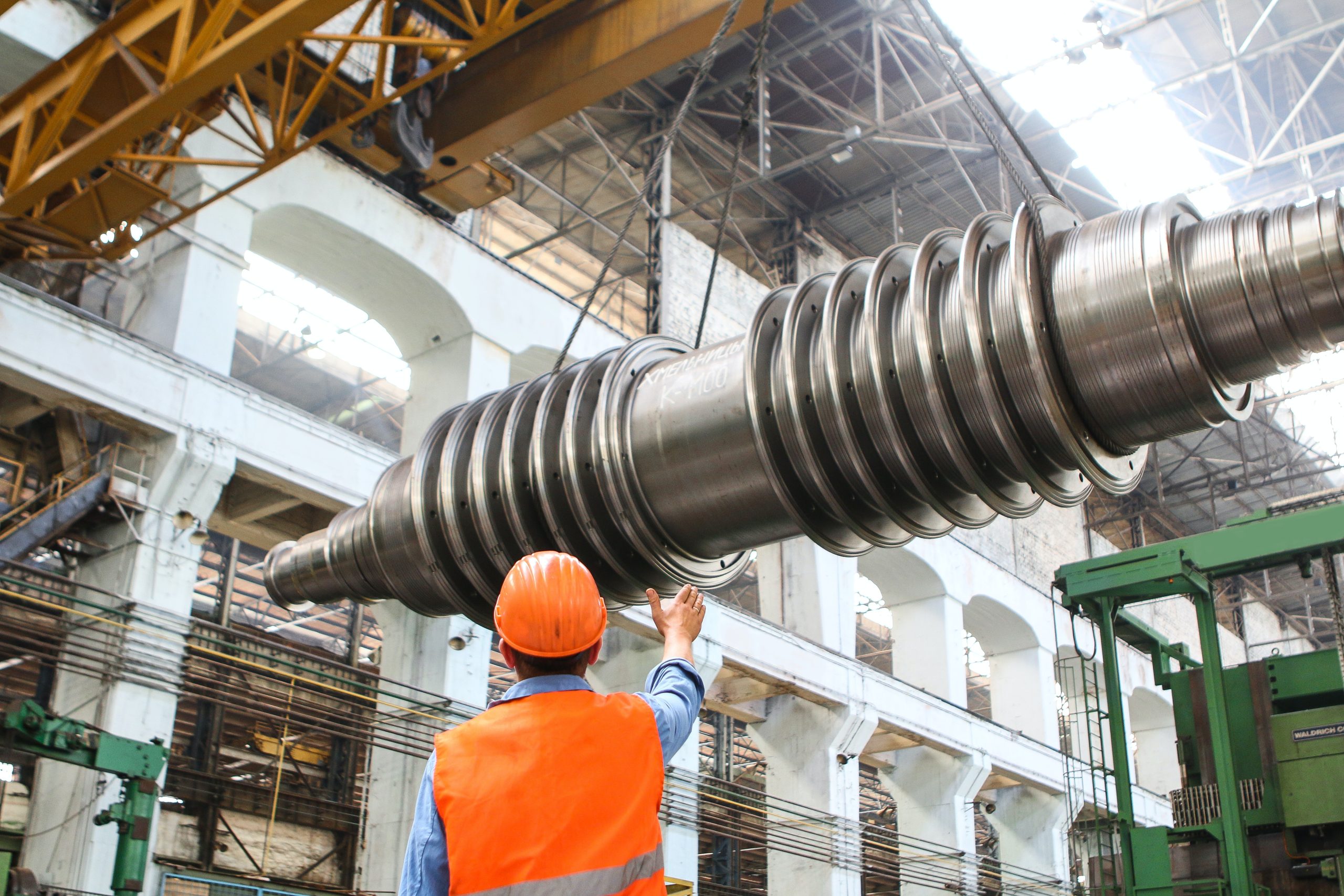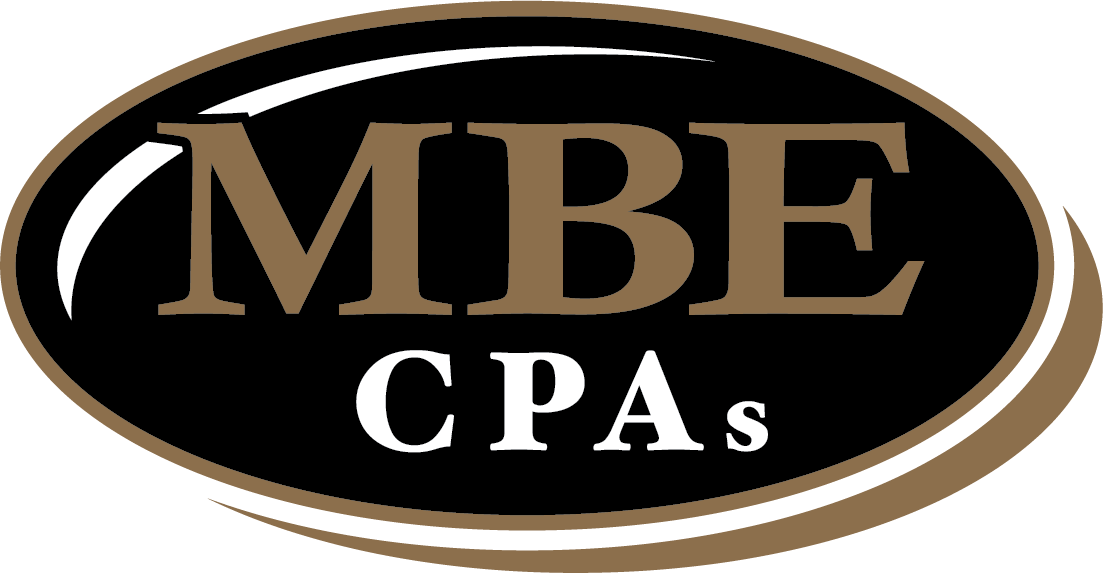Section 174 Amortization for Your Manufacturing Company

U.S. manufacturers are the cornerstone of innovation, but an impending tax change threatens to disrupt this sector’s research and development. This puts thousands of jobs and crucial progress necessary for America’s economic success and national security at risk.
Under Section 174, taxpayers can claim deductions for research and experimental expenditures made during the taxable year. Section 174 is one of several provisions under the Internal Revenue Code that allow taxpayers to deduct the cost of innovative activity (e.g., R&D) necessary to enhance the taxpayer’s business capabilities and product development and ultimately drive economic growth.
The Tax Cuts and Jobs Act of 2017 significantly changed taxpayers’ ability to deduct research and experimental expenditures. Generally, the TCJA requires most taxpayers to have a written statement prepared by a certified public accountant or attorney. The statement sets forth the facts justifying why a particular expense is experimental. The message must be attached to the return as an addendum. Failure to adhere to these new requirements can result in disallowance of that deduction on your tax return.
Since the first part of 2022, businesses have found themselves in a new tax paradigm. One that requires them to spread R&D deductions over five years rather than taking them within the same year. The Code requires taxpayers to amortize research and experimentation expenditures over five or fifteen years. For domestic R&E, amortization begins at the mid-point of the taxable year that the cost is paid or incurred. For foreign R&E, amortization starts in the first taxable year after December 31, 2021. This change impacts the timing of when you report expenses on the tax return and a reduction of savings from these costs.
Amortizing research and experimental expenditures may be unfamiliar to many taxpayers. To determine whether an amortization change is necessary, review the types of spending for which the new deduction is available. Then, decide whether or not they have elected to expense R&E expenses in the past.
Procedures
The IRS issued guidance helping employers claim depreciation deductions on property acquired and used differently than before under prior law. It provides administrative relief and allows taxpayers to file a statement with their federal tax return in place of Form 3115. This applies to changes made in the first taxable year the new Section 174 guidance is effective.
In addition, the new procedures provide clear transition guidance for taxpayers who have already filed a federal tax return for a short taxable year for which the new Section 174 guidance was effective. Taxpayers will have additional time to apply the latest procedures and amend their returns as necessary. Taxpayers may use the new methods for any income tax return due more than 90 days after January 19, 2019. This includes an amended return, an original return due after February 8, 2020, or in response to IRS correspondence.
Unfortunately, Section 174 does not provide audit protection for pre-effective date research and development expenditures. As Rev. Proc. 2015-13 outlines in its 8.01 section, two approaches followed when transitioning to a new method under this provision – one of which depends on the timeliness of change sought by the taxpayer.
Statement in lieu of Form 3115
Taxpayers who need to change their method of accounting for the first taxable year beginning on or after January 1, 2022, must file a statement with their federal tax return instead of filing Form 3115. Filing this duplicate copy with the IRS is unnecessary to comply with Section 174 requirements.
There should be a statement for the tax year change explicitly providing:
- Name and employer identification number or Social Security Number (as applicable),
- Corresponding beginning/ending dates of tax year changes, and
- Designated automatic accounting method change number #265.
Additionally, include a description outlining the type of expenditures with the amount paid or incurred in this formal request. This is necessary to capitalize R&E-related expenses over either five years (for domestic research) or fifteen years (for foreign research).
By filing a statement, businesses can make all necessary adjustments on an effective date of their choosing. This provides more flexibility to companies looking for updated regulations with minimal delay. A temporary waiver has also been issued, allowing taxpayers to adjust accounting methods within just five years without disrupting otherwise established procedures outlined in Rev. Proc. 2015-13. And in doing so, they can benefit from a waiver on general limitation rules by adapting to new regulations. This exemption applies only for taxable years starting after December 31, 2021 – so eligible taxpayers should prepare accordingly.
Form 3115 is required when
Taxpayers whose taxable year has changed after December 31, 2021, must use Form 3115 to adjust their method of accounting. More than submitting a statement for the first fiscal period after that date is required. Instead, utilizing the specialized form will ensure that changes are appropriately applied and accounted for.
When computing a modified Section 481(a) adjustment for specified past R&E expenditures, companies must respect Section 5.01(1)(f)’s eligibility rule. This means that there were no changes related to Section 174 in the previous five taxable years. To continue with such adjustments, filing a duplicate copy on Form 3115 according to requirements set by Rev. Proc. 2015-13 will be necessary for proper processing and approval from IRS authorities.
Next Steps
Rev. Proc. 2023-11 offers valuable administrative relief to help taxpayers adjust their compliance with the new Section 174 capitalization and amortization regulations in the first taxable year after 2021. To take advantage of this simplified approach, it is crucial to begin evaluating current processes for identifying applicable costs now to achieve a smooth transition when the updated rules go into effect.
How should you prepare?
The change has put manufacturers and other enterprises into unchartered waters of budgeting amid an ever-evolving business landscape.
With longstanding policies suddenly shifting, companies are now confronted with the daunting task of overcoming this drastic change. Company leaders must allocate more resources when tax demands are rising, limiting the potential for future expansion.
Companies are fearful that the tax change could come at a steep price – reducing profits and putting essential benefits for employees in jeopardy. With an expected decrease in cash flow, teams across manufacturing sectors are bracing themselves as cuts may be necessary to protect paychecks and employee benefits from taking too big of a hit. The reverberations of this potential policy shift can’t be understated; its adverse effects will reach every aspect of business operations.
In such a fast-moving industry, staying competitive requires constant innovation, which demands continuous investment in new products and processes. A significant percentage of a company’s revenue typically goes back into R&D annually. This allows them to stay ahead of their competitors and continue to provide customers with the best possible experience.
Manufacturers are asking Congress to allow them to immediately deduct these expenses as they have for the last 70 years, as some companies can’t make it five years without the ability to deduct the R&D expenses immediately. If you’re curious about the Section 174 amortization changes, please check out this link.
With the ever-changing landscape, guidance, and policies, please feel free to reach out to our team of manufacturing advisors. We are here to serve you and your industry and help you be profitable. Taxpayers should keep their eyes on the horizon for formal guidance regarding new Section 174 rules. This will be an essential resource to navigate any unfamiliar obligations.
